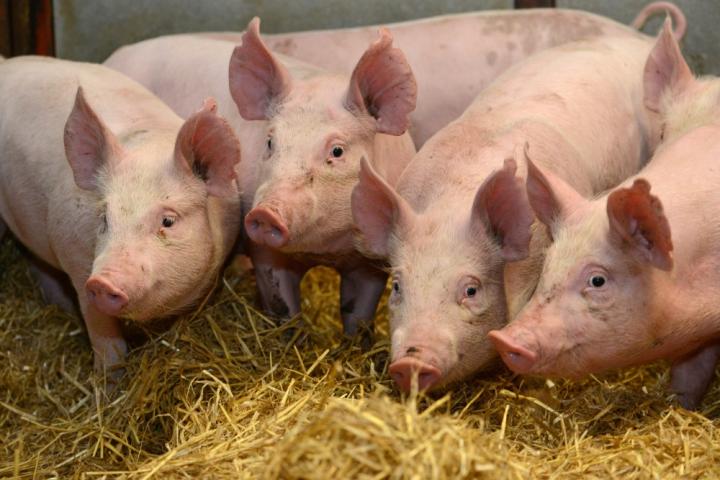Antibiotic resistance surprisingly stable in pigs
Antimicrobial resistance gene counts did not change in response to antibiotic treatment.

Long term, historic use of antibiotics has resulted in antimicrobial resistance genes being stably integrated at high levels on a commercial pig farm.
The findings highlight the extent of antimicrobial resistance (AMR) – which can limit the effectiveness of antibiotic treatments – in livestock production and the environment.
AMR gene counts were relatively stable over time and did not appear to change in response to antibiotic treatment or significant reductions in overall farm antibiotic use, suggesting that high historic use has resulted in the genes becoming stably integrated into the gut flora.
A total of 144 different AMR genes were identified on the farm. Five individual AMR genes were tracked over a full production cycle and were present in high concentrations, in the order of tens, hundreds and thousands of millions of copies per gram of pig faeces.
Antimicrobial usage
The study followed a batch of piglets through a full production cycle on a commercial pig unit with high antimicrobial usage.
The farm was also followed during a partial depopulation, where all the young pigs on the farm were removed and all the sows treated with two antibiotics.
The antimicrobial medication being administered was still effective in limiting diseases on the farm, despite the high levels of resistance genes in the gut flora, the scientists found.
The study was led by researchers at the Roslin Institute, in collaboration with Scotland’s Rural College (SRUC).
Surprising discovery
We expected to see big changes in AMR genes in response to antibiotic treatment, but instead we found high levels of these genes in both the presence and absence of antibiotics. This would suggest that these genes have become stably integrated into the bacteria in the pigs’ intestines. Further work will be necessary to determine which bacteria are acting as the reservoir of these genes.
The study, published in the journal Scientific Reports, was funded by the Natural Environment Research Council as part of the AMR Cross Council Initiative and the Scottish Government.
** The Roslin Institute receives strategic investment funding from the Biotechnology and Biological Sciences Research Council and it is part of the University of Edinburgh’s Royal (Dick) School of Veterinary Studies. **


